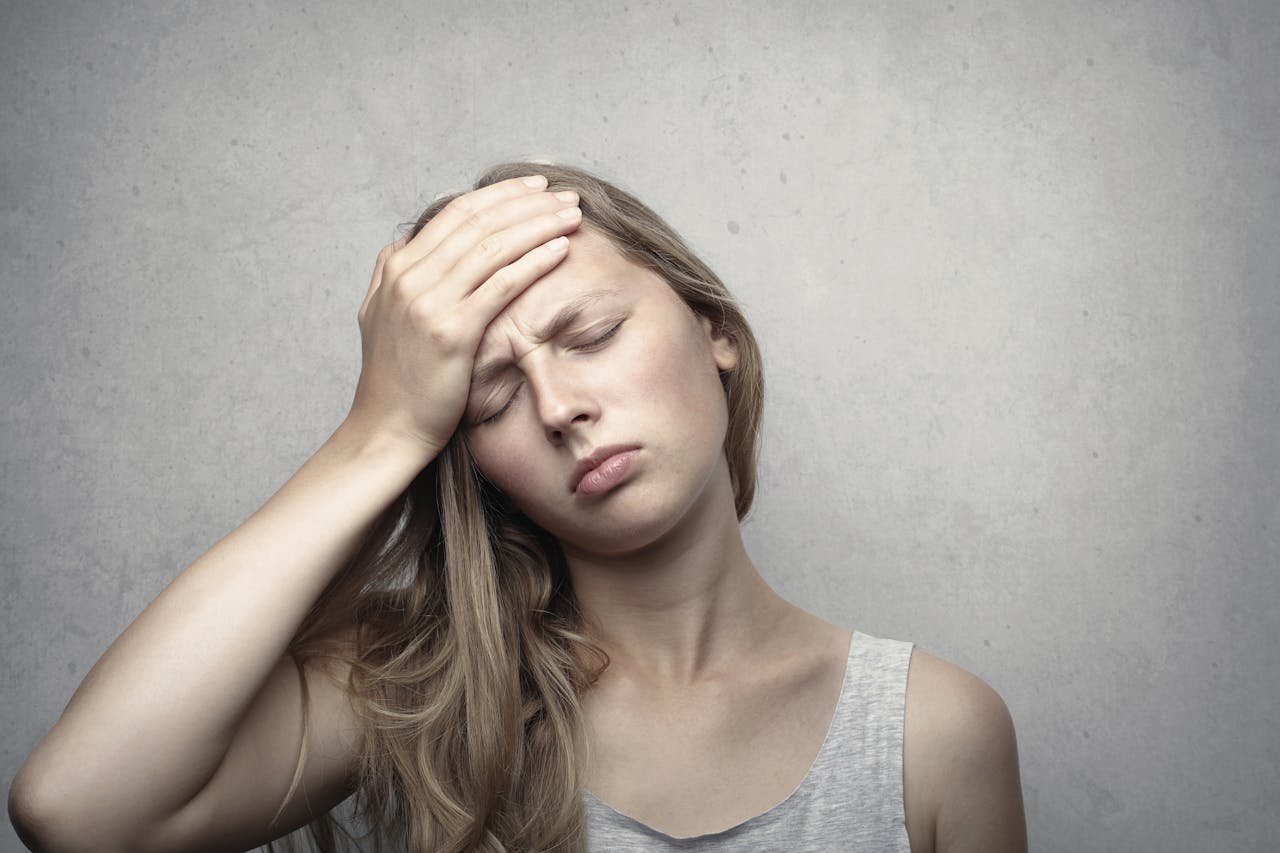What is Bipolar 2?
We previously covered bipolar 1, including some of the common symptoms, how to spot it, and how to manage it on your own and with the help of a professional. But, as briefly mentioned in that piece, bipolar disorder is broken down into two parts.
Bipolar 2 is very similar to its counterpart. However, the symptoms are often less severe, so bipolar 2 can be challenging to detect. As a result, you might go longer without an official diagnosis or treatment.
Let’s take a closer look at bipolar 2 and some of the biggest differences it has from bipolar 1.
Fewer Highs, More Lows
With bipolar 1, manic episodes can be extreme. Someone dealing with that kind of mania can experience a decreased need for sleep, extreme joy, erratic behavior, or jumpiness.
Manic episodes still occur with bipolar 2, but they’re often less intense. The “up” moods a person with bipolar 2 experience don’t reach the same manic level as someone with bipolar 1.
The lows are also similar in both types of bipolar disorder. However, someone with bipolar 2 is likely to experience more frequent lows, often referred to as manic depression.
With fewer highs and longer lows, bipolar 2 disorder can often look like depression, but it’s important to understand the distinction so you can get the right kind of help.
What Are the Symptoms?
So, if the manic symptoms of bipolar 2 are less severe, how can you tell if this is the condition you’re dealing with? There are still specific symptoms to look out for. When you’re in the middle of a hypomanic (high) episode, you might experience things like rapid-fire ideas, extreme confidence, and increased energy.
It’s not uncommon for people with bipolar 2 to have a decreased need for sleep when they’re in a hypomanic episode. Unfortunately, that can make symptoms worse, especially when you come down and start experiencing more depressive symptoms.
Because the hypomanic episodes of bipolar 2 aren’t as extreme as the hyper-manic episodes of bipolar 1, people might just think you’re a fun person to be around. You’ll come across as a high-energy, “life of the party” individual who knows how to have a good time.
Unfortunately, hypomania comes with risks. You might make decisions you otherwise wouldn’t, thinking quickly and rashly. That includes engaging in risky behaviors, spending too much money, or even forgetting about your core values and engaging in things you don’t necessarily believe in.
While hypomania can last for days, weeks, or even months, the depression that follows can take a toll.
When you’re in a low period, you’re likely to feel extreme sadness and hopelessness. You’ll have less energy, might lose interest in things, and will likely feel fatigued. These symptoms can also last for weeks or months if not treated properly.
Treating Bipolar 2
So, what can you do to manage the effects of bipolar 2?
The first step is recognizing there’s an issue. Hypomania might not always seem like a problem. But, if it causes you to engage in behaviors that you typically wouldn’t or puts you at risk of doing something dangerous, it’s time to get the help you deserve.
There are different treatment options for bipolar 2. Most of them focus on taking certain medications, including prescriptions designed to stabilize your mood. You might find that you have to take different medications at once — some to deal with hypomania and some to deal with depression.
Talking with a mental health professional is often the best way to manage those symptoms, even while on medication. Therapy can help you better understand the effects of bipolar 2, while helping you develop strategies to overcome it. If you’re interested in learning more about depression therapy, don’t hesitate to contact me today.

